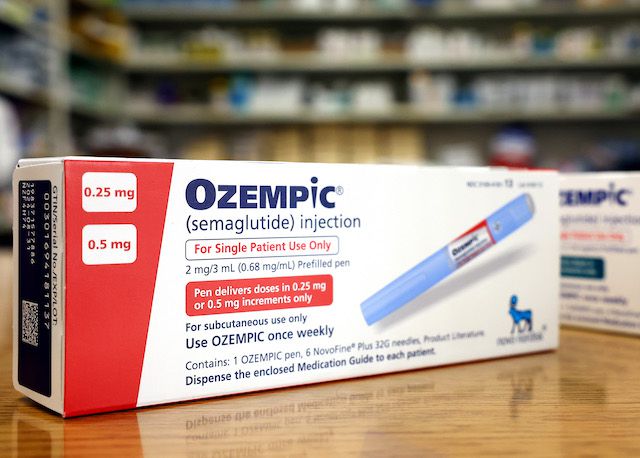
nutritional information concept. hand use the magnifying glass to zoom in to see the details of the nutrition facts from food , salad bowl
Beginner’s Guide: How to Read Nutrition Facts and Ingredients on Product Labels
When it comes to making healthy choices, one of the most valuable tools at your disposal is the nutrition facts and ingredients label on food products. However, this label can be overwhelming if you don’t know how to interpret it. Understanding the information provided can empower you to make informed decisions about the food you consume. In this article, we will guide you through the process of reading and understanding nutrition facts and ingredients, enabling you to make healthier choices for yourself and your family.
Serving Size The first thing to note on a nutrition facts label is the serving size. This information tells you the recommended portion size for that particular food item. All the nutritional values listed on the label are based on this serving size. Be aware that the serving size may not necessarily reflect how much you typically consume in one sitting, so it is essential to adjust the numbers accordingly.
Calories and Macronutrients Calories are a measure of the energy provided by the food. It is important to be mindful of the calorie content, especially if you are trying to maintain or lose weight. The calorie section lists the total calories per serving and the calories derived from fat.
Next, you will find the macronutrients—carbohydrates, proteins, and fats. These are the major nutrients your body needs in larger amounts. Pay attention to the quantities of each nutrient and choose foods that align with your dietary goals. Keep in mind that the recommended daily intake for macronutrients can vary depending on individual needs.
Added Sugars and Fiber With the increasing concern about added sugars in processed foods, the nutrition facts label now includes a line for added sugars. It is advisable to limit your intake of added sugars as they contribute to various health issues such as obesity, diabetes, and heart disease.
On the other hand, fiber is a vital component of a healthy diet. It aids digestion, helps control blood sugar levels, and promotes a feeling of fullness. Look for products that are rich in dietary fiber to support your overall well-being.
Micronutrients and Vitamins Micronutrients, including vitamins and minerals, are essential for various bodily functions. The nutrition facts label typically lists a few key vitamins and minerals such as vitamin C, vitamin A, calcium, and iron. These values are usually presented as a percentage of the recommended daily intake. Pay attention to these percentages to ensure you’re meeting your daily nutritional requirements.
Ingredients List The ingredients list provides valuable information about what goes into the product. Ingredients are listed in descending order by weight, with the most abundant ingredient listed first. This list allows you to identify potential allergens, additives, or unhealthy ingredients you may wish to avoid. Familiarize yourself with common names for added sugars, unhealthy fats, and artificial additives to make more informed choices.
Becoming familiar with how to read and understand nutrition facts and ingredients labels empowers you to make informed decisions about the food you consume. By paying attention to serving sizes, calories, macronutrients, added sugars, fiber, micronutrients, and the ingredients list, you can make healthier choices that align with your dietary goals and overall well-being. Remember, knowledge is the key to making informed choices, so take the time to read and understand the information provided on product labels for a healthier lifestyle.




